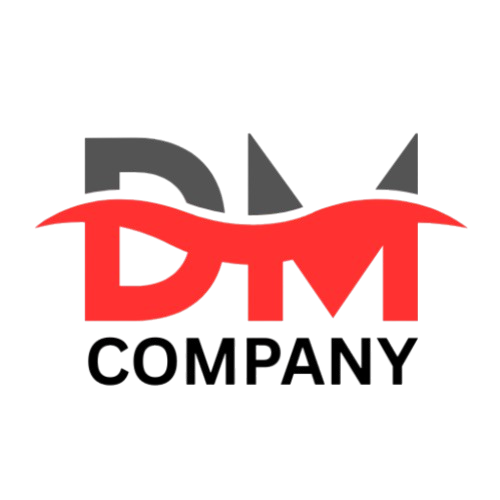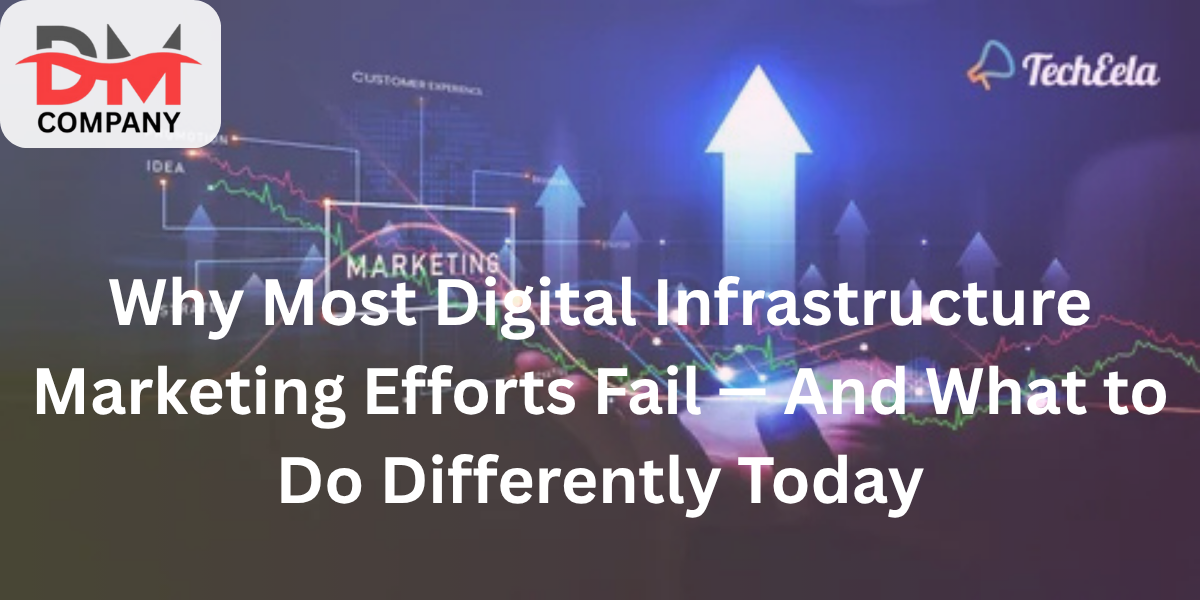Introduction
Digital infrastructure is the backbone of modern businesses. From cloud computing to data centers, companies rely heavily on seamless digital systems to scale operations. However, marketing these complex solutions is no easy task—especially when it comes to lead generation.
Many digital infrastructure marketers struggle to attract the right audience, nurture interest, and convert prospects into qualified leads. This challenge stems from several underlying issues—lack of clarity, technical messaging, low differentiation, and ineffective channels.
But here’s the good news: With the right strategy, you can fix these problems fast and start generating high-quality leads consistently.
Understanding the Problem: Why Marketers Struggle
Overly Technical Messaging
Digital infrastructure services often involve complicated concepts. Whether it’s colocation, private cloud, or hybrid IT, the technical jargon can confuse non-technical decision-makers. Marketers sometimes fail to simplify these terms, making content inaccessible.
Undefined Target Audience
One of the biggest reasons for poor lead gen is unclear buyer personas. Are you targeting CTOs, IT Managers, CIOs, or procurement heads? Each persona has different pain points. Without clear segmentation, your messaging will miss the mark.
Lack of Differentiation
The digital infrastructure space is crowded. Many companies offer similar services—making it hard for buyers to differentiate. If your value proposition sounds like everyone else’s, you won’t stand out.
Weak Content Strategy
Content marketing is key to educating prospects, but many marketers fail to plan an effective content journey. A scattered blog here, a whitepaper there—without a clear funnel—won’t bring consistent leads.
Poor Website Optimization
Even when your ads or content work, your landing pages might fail to convert. Slow load times, poor UX, or vague CTAs can kill lead generation efforts quickly.
The Fast Fix: Strategies to Revive Lead Generation
Clarify Your Messaging
Start by simplifying your language. Turn technical specs into business benefits. Instead of saying “multi-tenant data center with high redundancy,” say “secure and reliable hosting built for business continuity.”
Write content in layers: a simple overview for general readers, with optional technical sections for advanced users.
Define Buyer Personas
Use real data to create detailed buyer personas. Include:
- Job title
- Responsibilities
- Pain points
- Buying motivations
- Preferred communication channels
Tailor every campaign to a specific persona. What works for a CIO won’t work for a network engineer.
Build a Clear Value Proposition
Ask yourself: What makes your service different?
- Is it your uptime guarantee?
- Your rapid deployment?
- Your local customer support?
Communicate this clearly on your homepage, landing pages, and all outbound messages. Use visuals, bullet points, and testimonials to make it more convincing.
Create a Content Funnel
Map your content to the buyer journey:
- Top of Funnel (ToFu): Blogs, social media posts, infographics — aim to raise awareness.
- Middle of Funnel (MoFu): Ebooks, webinars, case studies — educate and build trust.
- Bottom of Funnel (BoFu): Product demos, pricing guides, comparison sheets — close the deal.
Use lead magnets (like gated ebooks or webinar sign-ups) to collect contact details.
Optimize Landing Pages
Every landing page should have:
- A clear headline
- A strong subheading explaining the benefit
- One primary call to action (CTA)
- Social proof (logos, testimonials, stats)
- A fast load time and mobile-friendly design
A/B test different versions to see which layout and CTA work best.
Leverage LinkedIn for B2B Leads
LinkedIn is a goldmine for B2B marketers. Use it to:
- Publish content targeting your personas
- Run Sponsored InMail and Lead Gen Form ads
- Build relationships with decision-makers
Combine organic and paid efforts for best results.
Run Retargeting Campaigns
Only 2-5% of visitors convert on the first visit. Retargeting helps you stay top of mind.
Use platforms like Google Ads or LinkedIn to show display ads to people who’ve already visited your site. Offer value — like a free guide or webinar — to draw them back in.
Use Marketing Automation
Tools like HubSpot, ActiveCampaign, or Marketo help automate lead nurturing. Set up email sequences based on user behavior.
Example: If someone downloads your whitepaper, trigger a follow-up email offering a case study and a call with sales.
Measuring Success: Track These KPIs
- Conversion Rate (visitors to leads)
- Cost Per Lead (CPL)
- Lead Quality Score
- Marketing Qualified Leads (MQLs)
- Sales Accepted Leads (SALs)
- Return on Ad Spend (ROAS)
Use tools like Google Analytics, Hotjar, and CRM integrations to track these metrics closely.
Final Thoughts
Lead generation in the digital infrastructure space is tough — but not impossible.
The key is to move from complexity to clarity. Understand your audience, simplify your messaging, create value-focused content, and use smart tools to automate and measure your efforts.
With these changes, you can start seeing results in weeks—not months.
FAQs
Q1: What is digital infrastructure marketing?
Digital infrastructure marketing promotes services like cloud computing, data centers, and networking to B2B clients. It involves targeting IT decision-makers and showcasing the technical and business benefits.
Q2: Why is lead generation so difficult in this field?
It’s due to complex services, technical messaging, crowded markets, and poor content targeting. Many companies also lack a defined strategy or buyer personas.
Q3: How can I improve my landing pages for more leads?
Use clear headlines, a single CTA, benefit-driven copy, fast-loading pages, and mobile optimization. Add social proof like reviews and trust badges.
Q4: What tools help with digital marketing automation?
Top tools include HubSpot, Mailchimp, ActiveCampaign, Marketo, and Pardot. These platforms help with email sequences, lead scoring, and CRM integration.

